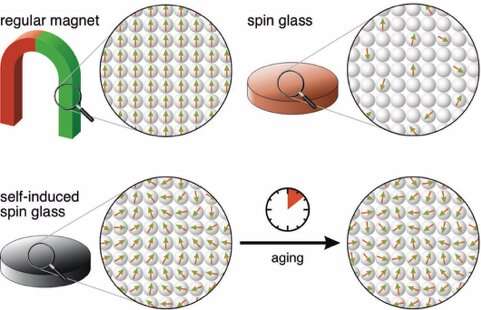What is Neodymium?
Neodymium is one of the more reactive lanthanides—a group of similar metallic elements numbered 57-71 on the periodic table. These 15 elements, plus scandium and yttrium, are termed “rare earth elements” (REEs). Despite the name, most of these elements are relatively common in the Earth’s crust, but economically exploitable deposits are relatively sparse. Rare earths have important uses in a number of key06/ 15 21
In terms of value, Neodymium oxide segment is projected to lead the global rare-earth metals market through 2026
The Neodymium oxide segment is projected to lead the rare-earth metals market, in terms of value, during the forecast period. Neodymium oxide is used to produce magnets which are found in most modern vehicles and aircraft as well as popular consumer electronics, such as headphones, microphones, and computer discs. It is used in high-strength permanent magnets that are also known as neodymium-iron-boron (NdFeB) magnets and are one of the strongest magnets in the world. Incresing use of Clean energy application has driven the market.
GO HERE TO READ MORE: https://www.acs.org/content/acs/en/greenchemistry/...
MAY 28, 2020
New 'whirling' state of matter discovered in an element of the periodic table
by Radboud University Nijmegen

The strongest permanent magnets today contain a mix of the elements neodymium and iron. However, neodymium on its own does not behave like any known magnet, confounding researchers for more than a half-century. Physicists at Radboud University and Uppsala University have shown that neodymium behaves like a self-induced spin glass, meaning that it is composed of a rippled sea of many tiny whirling magnets circulating at different speeds and constantly evolving over time. Understanding this new type of magnetic behaviour refines our understanding of elements on the periodic table, and could eventually pave the way for new materials for artificial intelligence. The results will be published on 29th of May, in Science.
https://www.bbc.com/news/business-56843149
Dr Greg Brittles' eyes gleam with excitement when he explains the project he is working on.
"It's every engineer's dream really, to have a project that's technically challenging, which requires you to develop new technology and solutions to hard problems, but that are also simultaneously important for the world to have."


